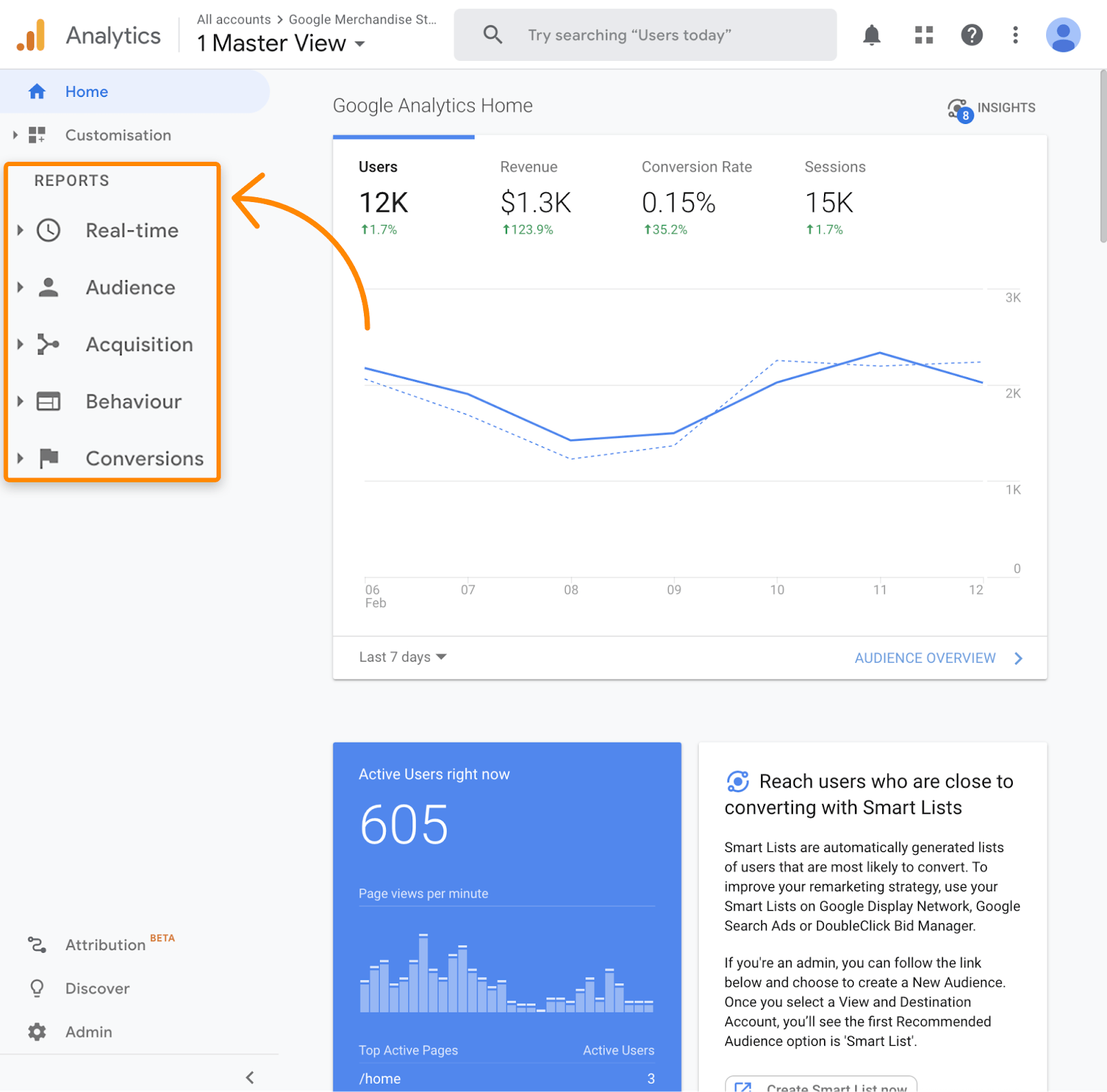Recognizing Secondary Dimensions in Google Analytics: What is a Secondary Dimension and How It Improves Data Analysis
Recognizing Secondary Dimensions in Google Analytics: What is a Secondary Dimension and How It Improves Data Analysis
Blog Article
Introducing the Effect of Secondary Measurement in Google Analytics on Data Evaluation and Insights
In the world of data analytics, the use of second measurements within Google Analytics has actually emerged as a critical device for drawing out much deeper insights and unraveling facility patterns that might or else remain covered. By peeling back the layers of key data collections, additional dimensions supply a nuanced point of view that enriches the understanding of customer behavior, web site performance, and the performance of marketing strategies. The real impact and untapped potential of second dimensions are often ignored, outweighed by the allure of main metrics. As we browse via the elaborate landscape of information evaluation, the importance of additional measurements comes to be increasingly evident, clarifying vital details that hold the secret to informed decision-making and tactical optimizations.
Checking Out the Principle of Additional Measurements
Secondary dimensions in Google Analytics provide additional insights by enabling customers to examine primary data in conjunction with a secondary attribute. This attribute enables a more thorough understanding of the primary data by adding one more layer of information for evaluation. By including additional dimensions, users can dig deeper into the information and reveal useful connections that may or else go unnoticed. By pairing the key information of web site traffic with secondary dimensions like demographics or habits, marketing professionals can gain a more detailed sight of their audience and customize their strategies accordingly.
Understanding the concept of additional dimensions is essential for maximizing the possibility of Google Analytics. It permits customers to segment data properly, determine patterns, and make notified choices based upon a more total image of their analytics information. By exploring the different second dimensions readily available in Google Analytics, users can open brand-new insights and maximize their digital advertising efforts. Fundamentally, second measurements act as a powerful device for improving data evaluation and driving actionable results.
Enhancing Information Analysis With Second Dimensions
Having established the foundational understanding of additional dimensions in Google Analytics and their essential role in information evaluation, the emphasis currently changes towards leveraging these second qualities to enhance the analysis of analytics information (what is a secondary dimension in google analytics). By including additional dimensions right into data evaluation, analysts can obtain deeper insights right into individual habits, internet site performance, and advertising performance

Additionally, second measurements aid in contextualizing key information metrics by providing extra layers of details. This contextualization aids in recognizing the 'why' behind the data fads, aiding analysts make educated decisions and optimizations to enhance total performance. Ultimately, including second measurements enriches the information interpretation procedure, resulting in more strategic actions and meaningful insights.
Discovering Hidden Insights With Additional Measurements
Discovering the midsts of analytics data with secondary measurements discloses useful insights that would certainly or else continue to be obscured. By integrating additional measurements in Google Analytics, companies can discover surprise patterns, fads, and relationships that give a more extensive understanding of individual actions and web site efficiency. These additional layers of data enable experts to delve deeper right into the primary measurements, such useful content as website traffic sources or landing web pages, and gain a much more nuanced perspective on exactly how different variables engage with each other.
With making use of additional measurements, experts can segment and compare data throughout numerous measurements, allowing them to determine specific variables that affect customer engagement, conversion rates, and general success metrics. As an example, by coupling the primary dimension of 'tool group' with the secondary dimension of 'age team,' online marketers can determine which age demographics like accessing the internet site via smart phones versus desktops. This level of granularity encourages companies to make data-driven decisions and maximize their approaches for far better outcomes. Eventually, uncovering hidden understandings via second dimensions enhances the depth and precision of information analysis, resulting in even more educated decision-making and boosted efficiency end results.
Leveraging Second Measurements for Actionable Analytics
Structure upon the insights revealed with secondary dimensions in Google Analytics, organizations can currently harness this enriched data landscape to drive actionable analytics and tactical decision-making. By leveraging secondary measurements, companies can delve much deeper right into their information to extract useful patterns, pop over to this web-site patterns, and relationships that may have formerly gone undetected. This much deeper degree of evaluation enables organizations to get a much more comprehensive understanding of customer behavior, campaign efficiency, and overall website efficiency.
One key benefit of using secondary measurements for workable analytics is the capacity to section information based upon particular criteria. This division allows companies to tailor their campaigns and methods to different audience teams, bring about more targeted and efficient advertising and marketing efforts - what is a secondary dimension in google analytics. Furthermore, second dimensions give a more all natural sight of user interactions, enabling organizations to enhance their web site web content, design, and overall individual experience
Optimizing Decision-Making With Second Measurements
To boost critical decision-making in analytics, leveraging secondary dimensions in Google Analytics can offer an extra nuanced viewpoint on user habits and campaign efficiency. By including additional dimensions right into information analysis, businesses can dive much deeper into the specifics of their web site visitors' interactions and interaction patterns. This extra layer of details enables a much more detailed understanding of how different variables, such as demographics, devices, or web traffic sources, impact key efficiency signs.

Conclusion
To conclude, the use of second dimensions in Google Analytics plays an essential duty in improving information analysis and uncovering concealed insights. By discovering this principle, one can acquire a much deeper understanding of individual actions and make notified decisions based upon actionable analytics. Leveraging additional dimensions permits a more detailed interpretation of information and makes the most of the efficiency of decision-making procedures.

Report this page